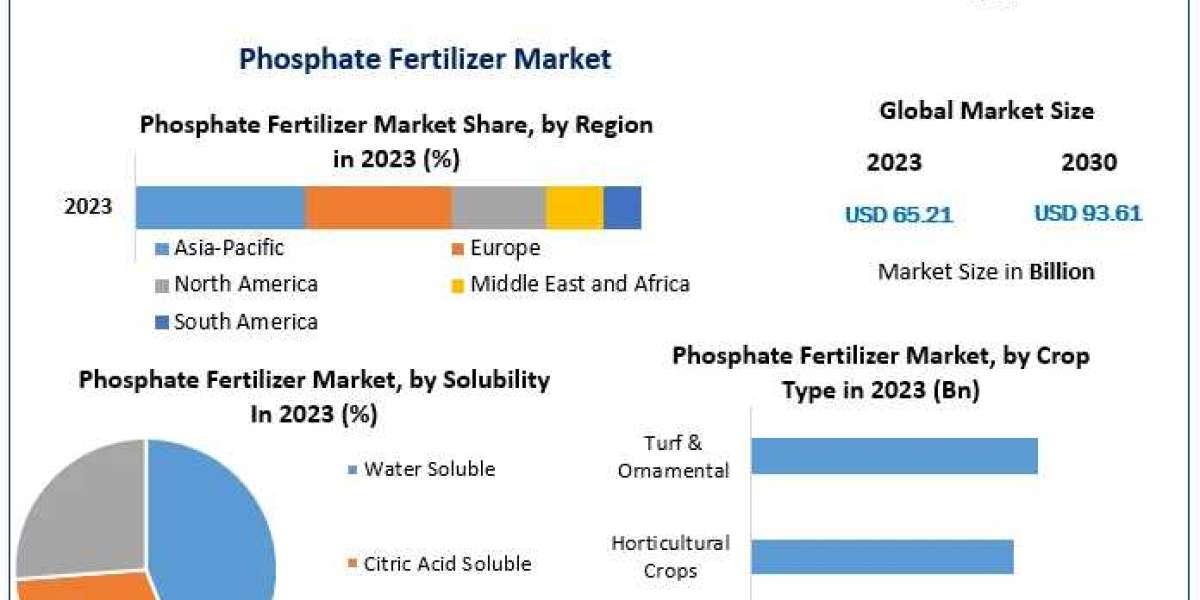In recent years, the telecommunications industry has faced a significant challenge with the rise of robocalls and caller ID spoofing. These unwanted calls not only annoy recipients but also pose serious security risks. To combat this issue, the industry has adopted a framework known as STIR/SHAKEN. This technology is designed to authenticate and verify caller identities, thereby reducing the prevalence of fraudulent calls.
What is STIR/SHAKEN?
STIR/SHAKEN stands for Secure Telephone Identity Revisited (STIR) and Signature-based Handling of Asserted information using toKENs (SHAKEN). This framework works by attaching a digital certificate to each call, which verifies that the caller's information has not been tampered with. Essentially, it provides a form of caller ID authentication that helps to ensure the legitimacy of the call.
When a call is made, the originating service provider uses STIR/SHAKEN protocols to generate a certificate that travels with the call data. The receiving provider then checks this certificate against a trusted database. If the call passes the verification process, it is marked as legitimate. If not, it may be flagged as potentially fraudulent or blocked altogether.
Benefits of STIR/SHAKEN
Implementing stir/shaken service offers several benefits:
Reduction in Fraudulent Calls: By verifying caller identities, STIR/SHAKEN significantly reduces the number of fraudulent and spoofed calls. This helps to protect consumers from scams and phishing attempts.
Improved Consumer Trust: As consumers receive fewer fraudulent calls, their trust in telecommunications systems is restored. This trust is crucial for both personal and business communications.
Regulatory Compliance: In many regions, regulatory bodies have mandated the adoption of STIR/SHAKEN protocols. By implementing these standards, service providers ensure compliance with legal requirements, avoiding potential fines and penalties.
Enhanced Call Quality: With fewer robocalls and spam calls clogging the networks, overall call quality can improve. Legitimate calls are more likely to get through, providing a better user experience.
How STIR/SHAKEN Service Works
To implement STIR/SHAKEN service, telecommunications providers need to follow several steps:
Certificate Acquisition: Providers must obtain digital certificates from trusted authorities. These certificates are used to sign calls, verifying their authenticity.
Call Signing: When a call is initiated, the originating provider attaches a digital signature to the call data. This signature contains information about the call's authenticity.
Verification Process: The receiving provider checks the signature against a trusted database to verify its authenticity. This process helps to confirm that the caller ID information has not been altered.
Call Handling: Based on the verification results, the call is either connected, flagged, or blocked. Consumers may receive notifications about the call's verification status, helping them to make informed decisions about answering.
Challenges and Future Outlook
While STIR/SHAKEN provides significant benefits, there are challenges to its widespread implementation. These include the need for all service providers to adopt the protocols and the technical complexities involved in integrating the system with existing infrastructure. Additionally, international calls and smaller providers may face hurdles in implementing the framework effectively.
However, the future outlook for STIR/SHAKEN service is promising. As more providers adopt these protocols and technology continues to advance, the effectiveness of STIR/SHAKEN in combating fraudulent calls will improve. This will lead to a safer and more trustworthy communication environment for all users.
Conclusion
In conclusion, STIR/SHAKEN is a critical advancement in the fight against fraudulent and spoofed calls. By providing a robust framework for caller ID authentication, it helps to restore trust in telecommunications systems. The adoption of STIR/SHAKEN service is essential for reducing the prevalence of unwanted calls, protecting consumers, and ensuring regulatory compliance. As the industry continues to embrace this technology, the benefits will become increasingly apparent, leading to a more secure and reliable communication landscape.
Search
Popular Posts
-
The Impact of Turkish Series on Global Audiences
-
Empower Your Fleet Efficiency with Fleettrack's Top-Notch GPS Vehicle Tracking System
By fleettrackin -
Где возможно будет быстро приобрести диплом? Обзор
By sonnick84 -
Как можно быстро заказать диплом в интернет магазине
By sonnick84 -
AussieBasket's Elegance: Elevate Your Greens with Supreme Avocado Salad Dressing


